-
 bitcoin
bitcoin $108183.343957 USD
1.12% -
 ethereum
ethereum $3953.318181 USD
2.13% -
 tether
tether $1.000758 USD
0.05% -
 bnb
bnb $1102.411872 USD
1.73% -
 xrp
xrp $2.377410 USD
1.30% -
 solana
solana $185.715867 USD
0.05% -
 usd-coin
usd-coin $1.000561 USD
0.08% -
 tron
tron $0.320859 USD
2.39% -
 dogecoin
dogecoin $0.194561 USD
3.07% -
 cardano
cardano $0.647327 USD
2.68% -
 hyperliquid
hyperliquid $37.310392 USD
1.96% -
 ethena-usde
ethena-usde $0.999792 USD
0.04% -
 chainlink
chainlink $17.181017 USD
2.56% -
 stellar
stellar $0.316938 USD
1.13% -
 bitcoin-cash
bitcoin-cash $472.186880 USD
1.35%
What is a multi-day VWAP and how do you plot it?
Multi-day VWAP provides crypto traders with a volume-adjusted average price over several days, offering a smoother, more reliable trend reference than daily VWAP.
Oct 11, 2025 at 07:01 pm
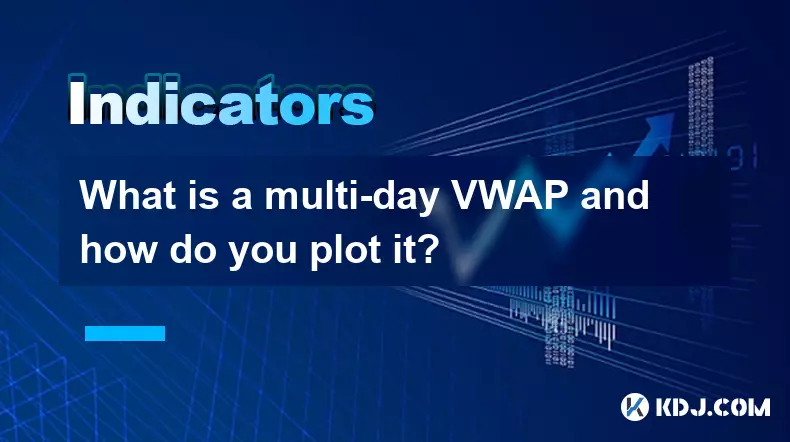
Understanding Multi-Day VWAP in Cryptocurrency Trading
VWAP, or Volume Weighted Average Price, is a trading benchmark that represents the average price a cryptocurrency has traded at throughout the day, based on both volume and price. It is commonly used by traders to assess the fair value of an asset over a specific time period. When extended beyond a single trading session, this becomes known as a multi-day VWAP. Unlike standard VWAP which resets daily, multi-day VWAP accumulates data across several days, providing a broader perspective on price trends relative to volume.
This metric proves particularly useful in volatile markets such as cryptocurrency, where short-term fluctuations can obscure longer-term directional bias. By incorporating volume into the average, multi-day VWAP gives more weight to periods with higher trading activity, filtering out noise from low-volume spikes. Traders often use it to identify potential support and resistance zones, evaluate institutional buying or selling pressure, and determine optimal entry or exit points.
How Multi-Day VWAP Differs from Standard VWAP
- Standard VWAP recalculates from scratch each trading session, typically resetting at the start of a new day. This makes it ideal for intraday strategies but less effective for assessing longer-term trends.
- Multi-day VWAP maintains a continuous calculation across multiple days, preserving historical volume-price relationships. This continuity allows traders to observe how price interacts with volume over extended periods.
- The reset behavior of traditional VWAP can create artificial breaks in trend analysis, especially when significant volume occurs near session boundaries. Multi-day VWAP eliminates this discontinuity.
- In crypto markets, which operate 24/7 without clear daily closes, the concept of a 'trading day' is arbitrary. Multi-day VWAP adapts better to this environment by allowing customizable lookback windows independent of calendar days.
- Because it spans multiple sessions, multi-day VWAP tends to be smoother and less reactive to short-lived volatility, making it suitable for swing traders and position managers seeking stable reference points.
Steps to Plot Multi-Day VWAP on a Chart
- Choose a charting platform that supports custom indicators, such as TradingView, ThinkorSwim, or MetaTrader with appropriate plugins. Ensure access to historical price and volume data for the selected cryptocurrency pair.
- Select the asset and timeframe you wish to analyze. While multi-day VWAP can be applied to any interval—1-hour, 4-hour, daily—it's most effective when aligned with your trading horizon.
- Locate the VWAP indicator in the platform’s studies or indicators menu. If no built-in multi-day option exists, you will need to modify the script to prevent daily resets.
- Adjust the VWAP settings so that the calculation does not reset at session close. This may involve changing the “reset” parameter from “daily” to “weekly,” “monthly,” or “none,” depending on available options.
- Alternatively, manually code a custom VWAP using Pine Script (on TradingView) or another scripting language supported by your platform. The formula involves summing (typical price × volume) over the desired period and dividing by total volume: VWAP = Σ(P × V) / Σ(V), where P is the typical price (high + low + close)/3 and V is volume.
Practical Applications of Multi-Day VWAP in Crypto Markets
- Price deviations above or below the multi-day VWAP can signal overbought or oversold conditions, especially when accompanied by divergences in volume. A sustained move above the line may indicate accumulation, while prolonged trading beneath suggests distribution.
- Traders use the slope of the multi-day VWAP to gauge momentum. An upward-sloping VWAP reflects increasing average transaction costs over time, often seen during bullish phases. A flattening or declining slope may precede trend reversals.
- During consolidation periods, price often oscillates around the multi-day VWAP, treating it as a dynamic equilibrium level. Breakouts confirmed by volume surges and closure beyond the VWAP can validate new directional moves.
- Institutional traders frequently anchor large orders to VWAP-based algorithms to minimize market impact. Observing price reactions near multi-day VWAP levels can help retail traders anticipate where big players might be active.
- Combining multi-day VWAP with other tools like moving averages, RSI, or order book depth enhances its effectiveness. For example, a retest of VWAP after a breakout with decreasing volume could suggest weak follow-through.
Frequently Asked Questions
Can multi-day VWAP be used effectively in highly volatile crypto assets like meme coins?Yes, though with caution. Meme coins often experience extreme volume spikes driven by social sentiment rather than fundamentals. In these cases, multi-day VWAP can still highlight areas of significant transaction activity, but should be combined with on-chain metrics or social analytics for context.
Is there a standard number of days recommended for calculating multi-day VWAP?There is no universal standard. Common choices include 7-day, 14-day, or 30-day periods depending on trading style. Shorter windows react faster to recent action; longer ones provide greater stability and are less prone to whipsaws.
Does multi-day VWAP work the same way across different exchanges?Not exactly. Since each exchange has its own order flow and volume profile, the multi-day VWAP will vary between platforms. Traders focusing on arbitrage or exchange-specific strategies must calculate VWAP using data from the relevant exchange.
Disclaimer:info@kdj.com
The information provided is not trading advice. kdj.com does not assume any responsibility for any investments made based on the information provided in this article. Cryptocurrencies are highly volatile and it is highly recommended that you invest with caution after thorough research!
If you believe that the content used on this website infringes your copyright, please contact us immediately (info@kdj.com) and we will delete it promptly.
- Meme Coins in 2025: $HUGS Leads a Feel-Good Crypto Revolution
- 2025-10-20 22:45:12
- Dogecoin Price Uncertainty: Navigating the Meme Coin Maze
- 2025-10-20 22:25:14
- XRP, BLAZ Presale, Crypto Breakout: What's the Buzz in the Crypto Space?
- 2025-10-20 22:45:12
- HUGS Token: Is This Meme Coin the Safest Bet for 2025?
- 2025-10-20 23:05:12
- Navigating Crypto's Crossroads: Is $TAP Outshining ADA in the Digital Arena?
- 2025-10-20 23:25:15
- Cryptos, Invest, Early Adoption: BlockchainFX Primed for Exponential Growth
- 2025-10-20 23:05:12
Related knowledge
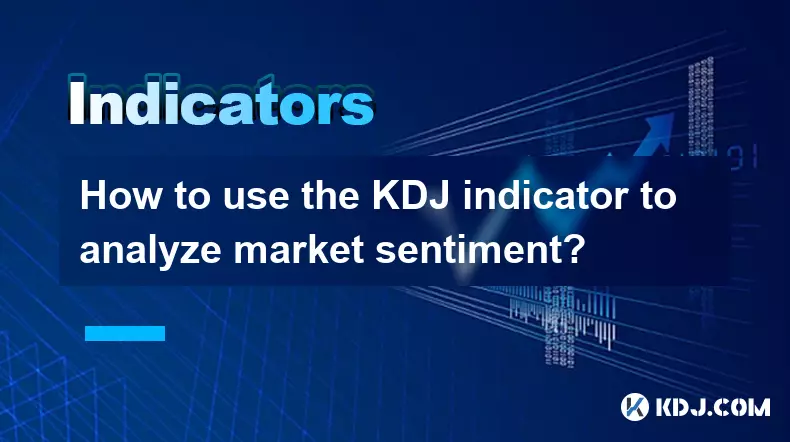
How to use the KDJ indicator to analyze market sentiment?
Oct 18,2025 at 07:18pm
Understanding the KDJ Indicator in Cryptocurrency Trading1. The KDJ indicator, also known as the Stochastic Oscillator, is a momentum-based technical ...
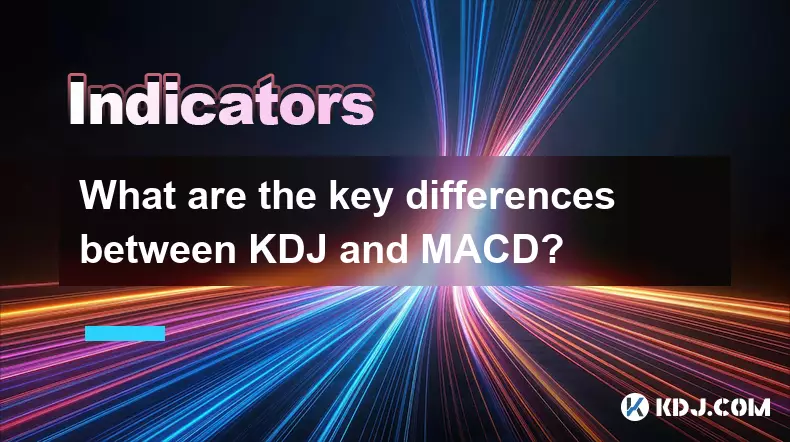
What are the key differences between KDJ and MACD?
Oct 18,2025 at 04:54am
KDJ Indicator: Core Mechanics and Usage1. The KDJ indicator is a momentum oscillator that combines the features of the Stochastic Oscillator with an a...
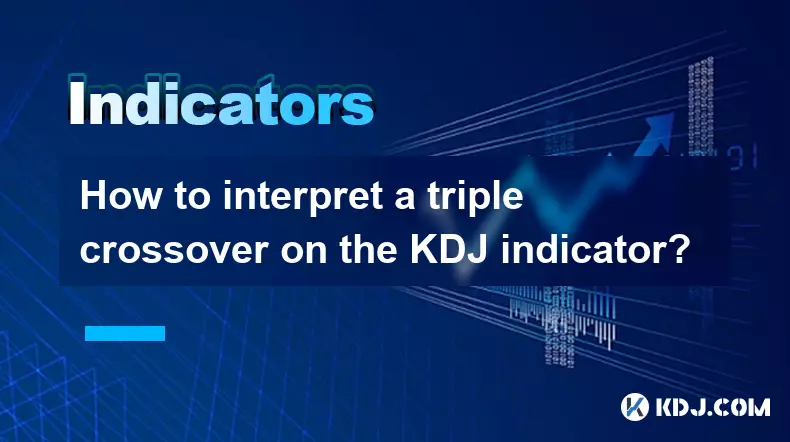
How to interpret a triple crossover on the KDJ indicator?
Oct 18,2025 at 01:54pm
Understanding the Triple Crossover in KDJ Indicator1. The KDJ indicator, a derivative of the Stochastic Oscillator, consists of three lines: K, D, and...

What's the best timeframe for the KDJ indicator?
Oct 20,2025 at 03:01pm
Understanding the KDJ Indicator in Crypto TradingThe KDJ indicator, an extension of the stochastic oscillator, is widely used in cryptocurrency tradin...
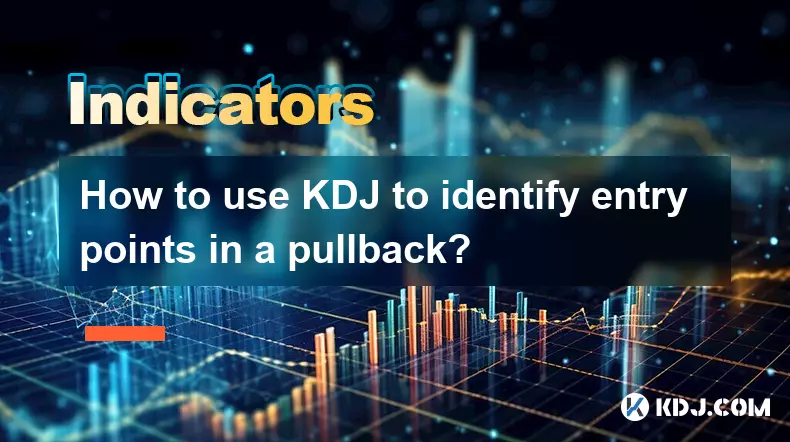
How to use KDJ to identify entry points in a pullback?
Oct 18,2025 at 09:36am
Understanding KDJ in the Context of Pullbacks1. The KDJ indicator, an extension of the stochastic oscillator, consists of three lines: %K, %D, and %J....
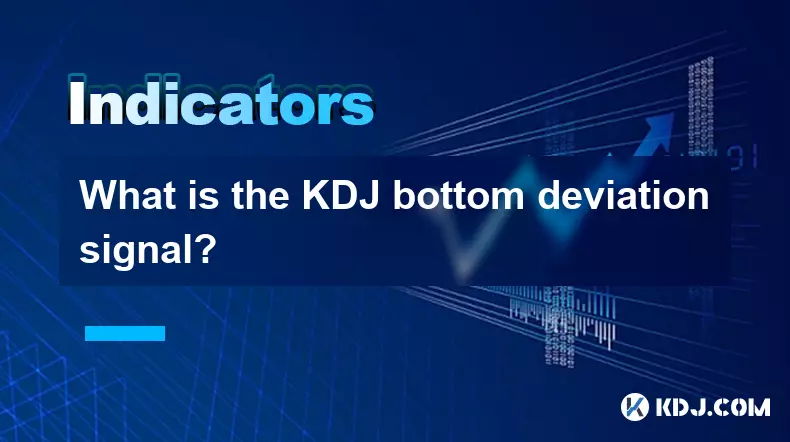
What is the KDJ bottom deviation signal?
Oct 19,2025 at 03:36pm
Understanding the KDJ Indicator in Cryptocurrency TradingThe KDJ indicator is a momentum oscillator widely used in technical analysis within the crypt...

How to use the KDJ indicator to analyze market sentiment?
Oct 18,2025 at 07:18pm
Understanding the KDJ Indicator in Cryptocurrency Trading1. The KDJ indicator, also known as the Stochastic Oscillator, is a momentum-based technical ...

What are the key differences between KDJ and MACD?
Oct 18,2025 at 04:54am
KDJ Indicator: Core Mechanics and Usage1. The KDJ indicator is a momentum oscillator that combines the features of the Stochastic Oscillator with an a...

How to interpret a triple crossover on the KDJ indicator?
Oct 18,2025 at 01:54pm
Understanding the Triple Crossover in KDJ Indicator1. The KDJ indicator, a derivative of the Stochastic Oscillator, consists of three lines: K, D, and...

What's the best timeframe for the KDJ indicator?
Oct 20,2025 at 03:01pm
Understanding the KDJ Indicator in Crypto TradingThe KDJ indicator, an extension of the stochastic oscillator, is widely used in cryptocurrency tradin...

How to use KDJ to identify entry points in a pullback?
Oct 18,2025 at 09:36am
Understanding KDJ in the Context of Pullbacks1. The KDJ indicator, an extension of the stochastic oscillator, consists of three lines: %K, %D, and %J....

What is the KDJ bottom deviation signal?
Oct 19,2025 at 03:36pm
Understanding the KDJ Indicator in Cryptocurrency TradingThe KDJ indicator is a momentum oscillator widely used in technical analysis within the crypt...
See all articles










































































